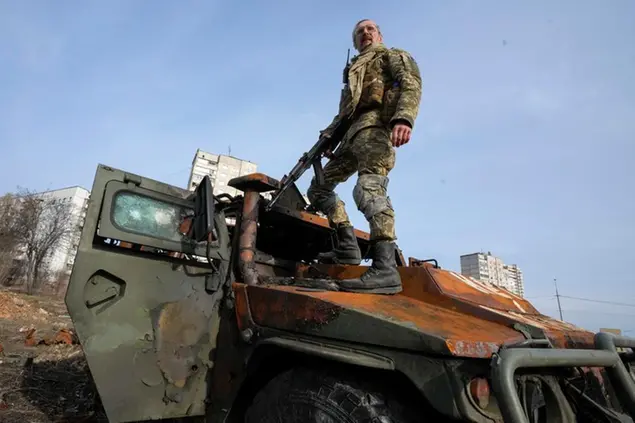- Il Cremlino ha fatto capire che l’approccio bellico è cambiato. Alla base del fallimento dell’invasione russa ci sono anche errori di analisi e scarsa conoscenza delle forze armate ucraine, che nel 2022 non sono più quelle del 2014.
- La rapida trasformazione dell’Ucraina in uno stato vassallo è fallita, ed è naufragata anche l’ipotesi di una guerra d’attritto su larga scala. Rimane il consolidamento dei territori dell’est e la conquista degli accessi sul mar d’Azov.
- Mosca sa che si arriverà alle trattative e vuole poter sfruttare la massima posizione possibile, in maniera analoga a ciò che fecero i serbi e croati in Bosnia alla vigilia degli accordi di Dayton.
Esercito allo sbando, ecco perché la Russia ha cambiato i piani dell’invasione in Ucraina

28 marzo 2022 • 13:49Aggiornato, 28 marzo 2022 • 19:10